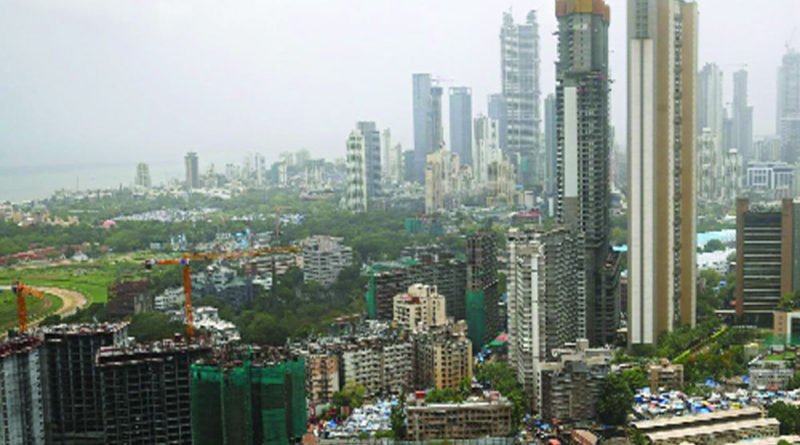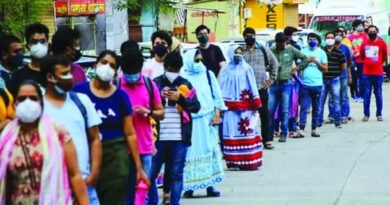A unified strategy
The Corona crisis has showed that NCR needs to be more than a term that real-estate developers use to sell houses
There are many lessons that will be learnt in the aftermath of the Coronavirus pandemic in India but one definitely will be a unified administrative approach in the areas surrounding the capital, the so-called National Capital Region (NCR). The economic success of this region in the past three decades has allowed it to usurp the role of the Greater Mumbai region as India’s economic heartland. For example, Delhi’s airport, much smaller than Mumbai just a decade ago, now has over twice the number of flights and passengers than the financial capital. And one major reason for the development of the Delhi region has been the easy access to the plentiful of available land surrounding the city. This has led to the creation of satellite cities like Gurugram, Noida, Faridabad, Ghaziabad and Sonipat along Delhi’s borders. Even the likes of Meerut, Manesar, Panipat and even Bhiwadi in Rajasthan are little further away. The peripheral expressways around Delhi will only add to this development.
Or will they? Until now, it appeared that there was almost a daily crisis at the city’s borders with both Haryana and Uttar Pradesh blocking daily commuters inside the region. With metro services coming to a standstill and just limited forms of other public transportation, the NCR was in a coma, barely functional. While essential goods and employees were allowed to cross the border, confusion has reigned. Pilots have, for example, found it difficult to move between Noida and Delhi and workmen in factories have not been able to cross in the Gurugram region. There needs to be an understanding that while the political boundaries of the region are defined, it does for all intent and purposes function as one economic, commercial and transportation entity. There needs to be cohesive planning between the civil administrations of all major cities in the region with Delhi playing the lead. Without these satellite cities serving as housing and industrial zones, Delhi would have been unable to become what it has. But at the same time, Gurugram and Noida would not exist without Delhi. The ill-preparedness of the authorities to a health crisis was bad enough but the lack of coordination and the constant changing status of the lockdown in different parts of the NCR have been an unmitigated disaster. It is only now, after the intervention of Union Home Minister Amit Shah, that there is a semblance of unified planning and a sameness of response protocol. That it took three months to do so, however, is a shame and emblematic of India’s ham-handed response to the crisis.
Source: The Pioneer




